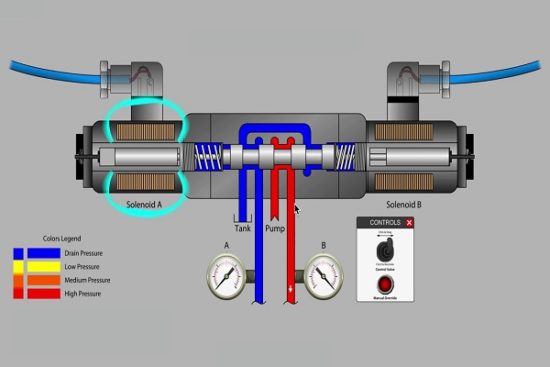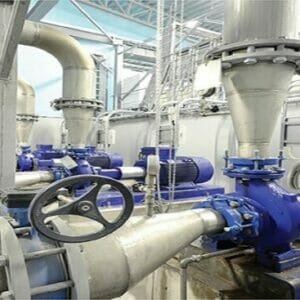E 1102 Valve Fundamentals
$100.00
Courses Included
Valves are widely used in fluid piping systems to shut off or throttle flow, as well as to prevent backflow, reduce pressure or relieve pressure. This course provides information about the basic components of a valve and their function. There is also information about each of the types of valves in common use, the globe, gate, plug, ball, needle, butterfly, diaphragm, pinch, check, safety/relief, and reducing valve. There is a general description of each and relative advantages and disadvantages in comparison with other types of valves.
This course is intended for civil, mechanical, chemical, environmental and industrial engineers, as well as anyone who works with fluids flowing in pipes. An attendee of this course will gain knowledge about the basic types of valves and their use.
In this course, you need to review the material in the Department of Energy Fundamentals Handbook, DOE-HDBK-1018/2-93, “Mechanical Science Module 4 – Valves” available at: http://www.hss.energy.gov/nuclearsafety/ns/techstds/standard/hdbk1018/h1018v2.pdf. Once you complete your course review, you need to take a multiple-choice quiz consisting of twenty (20) questions to earn 4 PDH credits. The quiz will be based on the entire document.






